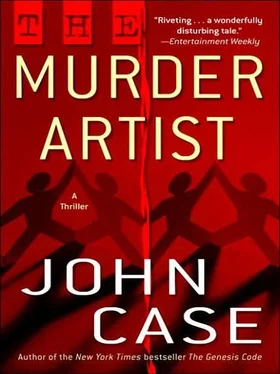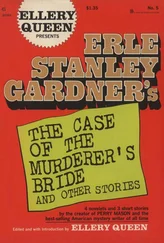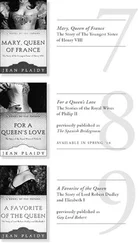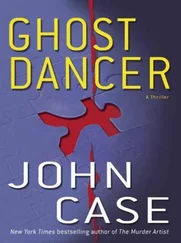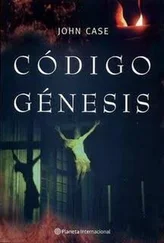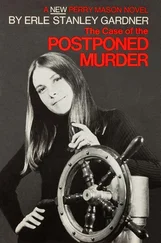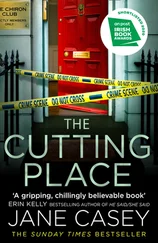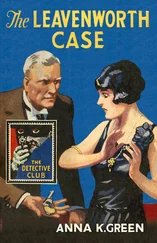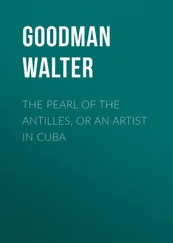“What do you mean?”
“Magicians come to the Castle from everywhere – either as a destination, or just because they happen to be in town. The Castle is a kind of a pilgrimage site for magicians. We do have something like five thousand members.”
“Really.”
“Oh, yes. So, let’s say a magician’s in town and he comes to the Castle for an evening of magic. He wants to check out the competition, maybe pick up a new wrinkle for an effect, or maybe just show the wife or girlfriend a good time. Before the show – say, in the bar – or in the interval after dinner, or waiting in line for one of the performances – people take advantage of those times to perform. Show their stuff, you know. You’ll see guys standing in the bar doing sleight of hand, or performing card or coin tricks while waiting in line. At times, someone will even pull off a rather elaborate illusion.”
“So it’s like an audition?”
“Well, it can be. It’s one way to get your foot in the door. And then… maybe a scheduled performer falls ill or has a conflict and a slot opens up in one of the rotations. The visiting magician might get a chance to fill in. After that, who knows?”
“So Carrefour ended up as a regular.”
“Yes. And deservedly so. He’s quite a gifted performer, brilliant stage presence. Really, everything he did was amazing. And, at first, very much in the tradition here.”
“And what’s that?”
“Well, obviously, we don’t have the resources to stage the really big illusions – the sort of thing they do in Vegas. Most of those acts have specially built venues, just for the magician and his act. That allows for a good deal of technological gadgetry, elaborate trapdoors and substage tunnels and black lighting, not to mention wires and catwalks to enable levitation effects. Our stages are just… stages. There’s a minimal use of lights and mirrors and gadgets and atmospheric distractions. Not only would our revenue not support it, we like to think of this as a virtue – that we present classical magic. Carrefour was no different from most of our performers, at least at first.”
“And then?”
“Well, as time went on, he revamped his act. He reached back and began performing some of the tricks from earlier centuries, particularly from the Indian tradition. Amazing stuff, stunning effects… but…” He frowns, his hand lifting from the black cat and seesawing in the air.
“What?”
“Well, tastes have changed. His new act wasn’t very popular.”
“What do you mean? What tastes?”
“Tastes in what people want to see on the stage. They don’t want to be terrified anymore. Amazed, baffled, delighted – but not horrified or scared out of their wits. And more to the point where Carrefour was concerned, people have lost their appetite for gore. His act, as it matured – was… well… it was quite gory, actually. Very much in the tradition, but…” The curator shrugs.
“You don’t think people like gore? Hollywood would disagree.”
The curator shrugs. “I concede the point. Spilled guts, gouts of blood, staggering body counts. The Texas Chainsaw Massacre kind of thing. And all of it terrifyingly realistic – but still…” He tilts his head to the side. “A movie is a movie. No matter how realistic, it’s all been shot months ago and pieced together, and we all know that. It’s been previewed and advertised, the stars have made their promo rounds. And then we see this product, and what we see is projected on a screen in two dimensions.”
“Right. But even on the stage, you still know it’s… staged .”
“That’s true, but it’s quite another experience to see realistic violence in person, at close range, in real time. Even in the theater, there’s a tendency to stylize violence. For one thing, it’s very difficult to pull it off. Even a good fistfight – it’s hard to make it look real. The truth is most people don’t want to see violence that seems real. Good Lord, I was in Amsterdam once at some kind of arty theater and one of the actors dismembered a plant, ripped it to shreds on the stage – and I mean a potted philodendron – and some members of the audience were so shocked they walked out.”
“Hunh.”
“Spend a night at the Castle and go to the shows. You’ll see that the performance venues are fairly small. Even the largest stage only seats a hundred or so. The magicians are right on top of the audience – as they need to be for close-up magic. Some of Carrefour’s illusions – good heavens – you were afraid of spatter. Like sitting ringside at a boxing match with a bleeder in the ring. Not the kind of thing popular with the ladies, no matter how carnivorous.”
“But Carrefour was allowed to continue?”
“Well, before he revamped his act, he was very popular. His shows were jammed; he went straight onto our biggest stage. So even when he redid his act, there was some carryover. He was a tremendous performer. And although our public didn’t much like his act as it evolved, there was a lot of support for what he was doing within the ranks of the Castle.”
“Oh?”
“The effects he performed were famous within the history of magic, really storied illusions and, as I said, brilliantly done. Part of the Castle’s raison d’être, if you will, is to preserve the history of magic as an art form. So it was nice to see some of these effects revived, if only as historical curiosities. It wasn’t until one saw the performances that one realized how much tastes have changed. A century ago, the audience was quite bloodthirsty and no one would have batted an eye at any of what Carrefour did.”
“That big a change.”
“Lord, yes. Forget something as tame as a magic show which only appeared to shed blood. A century ago, bearbaiting and dog- and cock-fighting were hugely popular. Not to mention public executions. Lynchings. People simply flocked . Real blood? The more the better.”
“But now it turns people off.”
I nod, remembering Karl Kavanaugh commenting on this change in taste.
“Yes, even when they know it’s an illusion. When this young magician David Blaine pulled his heart out of his chest on television – I mean, reached into his shirt and yanked out this bloody, dripping, grisly hunk of meat – the network wanted to cut the footage. And that was televised .”
“What kind of thing would Carrefour do?”
“Well, let’s see. One of his standbys was the basket trick. An old, old trick, really ancient. Do you know it?”
I shake my head.
“Well, it’s quite in the old tradition to put the magician’s assistant in peril. You might see something stagy and antiseptic these days along that line: knives thrown around the pretty assistant, or a gadgety effect with the lady trapped or caged or sawn in half. No real sense of danger, though. This was not the case with the older tricks. The danger was emphasized. Everything possible was done to hype the peril to the assistant.”
“I see.”
“For tricks of the vintage Carrefour was working in, the magician would have had a child to assist him. Often, it was actually his son. We didn’t get to the pretty girls until a bit later. Whether it’s a pretty girl or a child, in both cases, the assistants are subservient to the magician and serve to reinforce his power. Really the advent of the female assistant represented a change in the dynamic. The magician and beautiful assistant are a kind of sexualized pair, really. With the young boy, you had instead a simulacrum of family life.”
“Father-son.”
“Exactly. The magician’s power was that of a patriarch, although in some cases, it was more like a master-slave relationship or some would say god-human. One of the assistant’s jobs, of course, is to serve as an agent of misdirection. You want to get the audience to look away from whatever you’re doing, so the magician might toss a ball, say, to the assistant. The eyes will follow the ball – it’s instinctive. As a source of misdirection, the scantily clad woman works well – it’s also instinctive to look at such creatures – but she doesn’t enlist empathy nearly as well as a child. She doesn’t get the audience on her side the way a child does.”
Читать дальше
